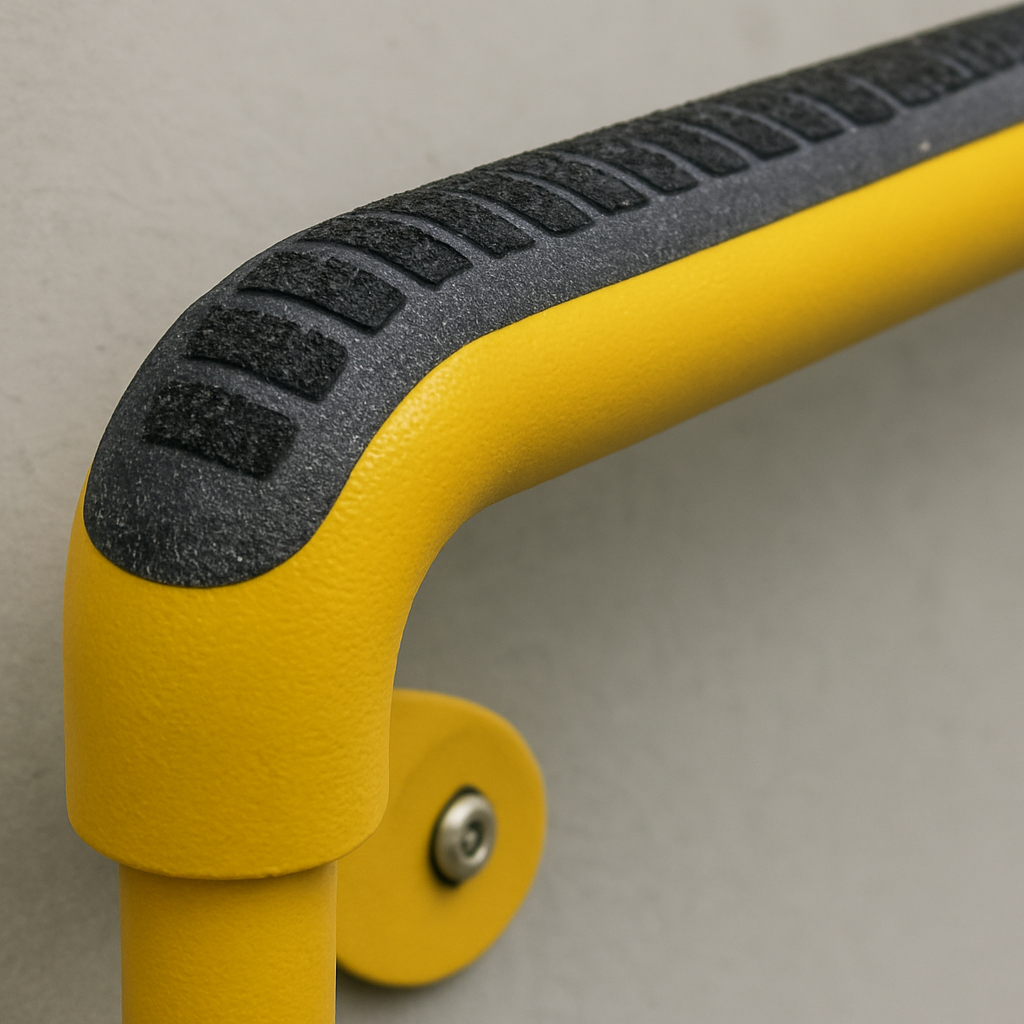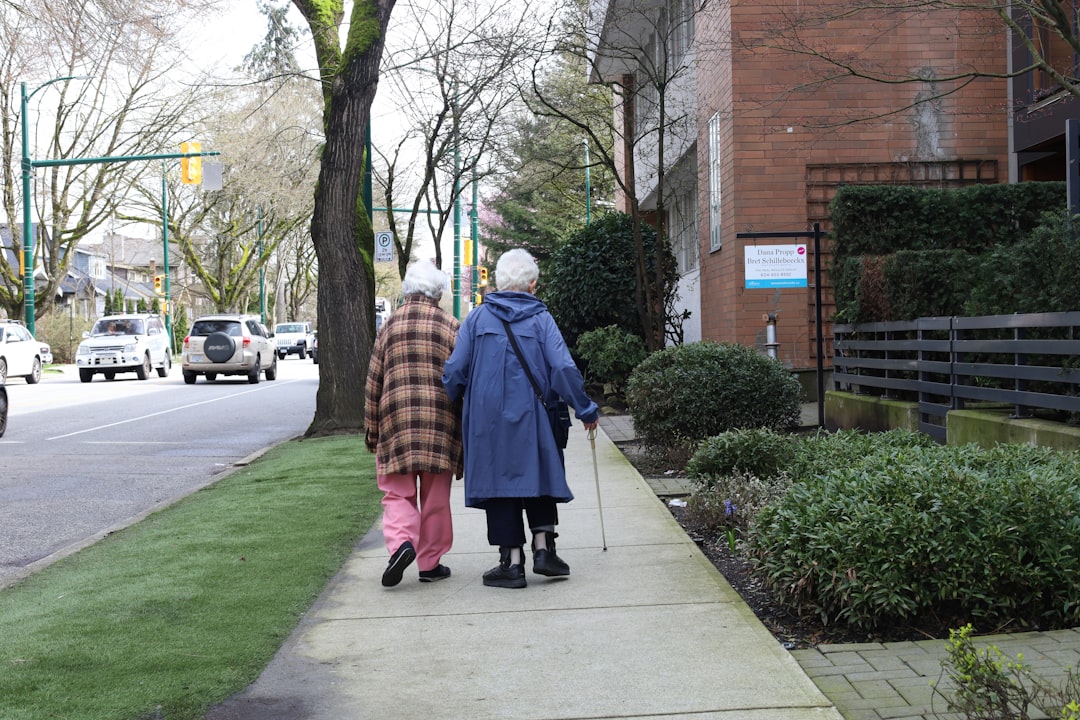 Service Hotline:13510328459
Service Hotline:13510328459
 205-206, 2nd Floor, Building 2, Xiazao Village Industrial Zone, Gaofeng Community, Dalang Street, Longhua District, Shenzhen City
205-206, 2nd Floor, Building 2, Xiazao Village Industrial Zone, Gaofeng Community, Dalang Street, Longhua District, Shenzhen City
 Service Hotline:13510328459
Service Hotline:13510328459
 205-206, 2nd Floor, Building 2, Xiazao Village Industrial Zone, Gaofeng Community, Dalang Street, Longhua District, Shenzhen City
205-206, 2nd Floor, Building 2, Xiazao Village Industrial Zone, Gaofeng Community, Dalang Street, Longhua District, Shenzhen City
Time:2025-09-03 Preview:
In the bustling world of senior care, ensuring the safety and well-being of residents is a top priority. As we age, our mobility can decline, making it essential to create environments that support independence while minimizing the risk of accidents. One crucial element in achieving this balance in nursing homes is the implementation of barrier-free safety handrails.
In this article, we will explore the significance of safety handrails in China’s nursing homes, the benefits they offer, and how they contribute to a safer and more comfortable living environment for seniors.
Safety handrails are not just an accessory; they are a necessity in any senior living facility. As mobility decreases with age, the risk of falls and accidents increases. Handrails provide the much-needed support for seniors as they move around, ensuring they have something to hold onto for balance and stability.
One of the key advantages of installing safety handrails in nursing homes is the enhancement of mobility for residents. By providing a sturdy support system, handrails empower seniors to move around freely without the constant fear of falling. This increased independence boosts their confidence and overall quality of life.
Falls are a common concern in nursing homes, and they can lead to severe injuries or even fatalities. Handrails act as a preventive measure by offering a reliable grip for residents as they navigate hallways, bathrooms, and other areas. With handrails in place, the likelihood of accidents is significantly reduced.
Safety handrails also contribute to the mental well-being of nursing home residents. Knowing that there are support structures available can alleviate anxiety and promote a sense of security. This peace of mind is invaluable for seniors who may already be dealing with various health challenges.

When designing safety handrails for nursing homes, it's essential to consider specific features that cater to the unique needs of seniors. Here are some important aspects to look for:
Handrails should have an ergonomic design that allows for a comfortable grip. The shape and diameter should be suitable for seniors, ensuring that they can easily hold onto the handrail without straining their hands or fingers.
The material used for handrails should be anti-slip to prevent accidents, especially in areas prone to moisture, like bathrooms. Non-slip coatings or textured surfaces can provide extra grip, enhancing the safety of the handrails.
In a nursing home environment, handrails are subject to frequent use and must withstand the test of time. They should be made from durable materials that can endure regular cleaning and sanitization without deteriorating.

The process of integrating safety handrails into a nursing home involves careful planning and execution. Here are the steps involved:
Before installation, conduct a thorough assessment of the facility to determine the areas where handrails are most needed. Common areas include hallways, bathrooms, and staircases. Planning should also consider the needs of the residents and any specific mobility challenges they face.
Selecting the appropriate handrails is crucial for ensuring safety and effectiveness. Consider factors such as material, design, and placement. It's also essential to comply with local regulations and safety standards.
For optimal safety, handrails should be installed by professionals who have experience in setting up safety equipment in healthcare facilities. Proper installation ensures that the handrails are secure and can support the weight and movement of residents.
The introduction of safety handrails in nursing homes has shown significant positive outcomes. Here are some real-life examples:
In a nursing home in Shanghai, the implementation of barrier-free safety handrails resulted in a notable decrease in fall-related incidents. Residents reported feeling more secure and confident while navigating the facility, leading to increased participation in social activities and overall satisfaction with their living environment.
Feedback from residents and their families highlights the importance of safety handrails. Many families expressed relief knowing that their loved ones have access to essential safety features, contributing to peace of mind and trust in the facility's commitment to resident care.
In the realm of senior living, safety and comfort go hand in hand. The inclusion of barrier-free safety handrails in China’s nursing homes plays a pivotal role in enhancing the quality of life for seniors. By supporting mobility, reducing the risk of falls, and promoting a sense of security, these handrails are an essential investment for any nursing home committed to the well-being of its residents.
As we continue to prioritize the needs of our aging population, the implementation of safety measures like handrails will remain a cornerstone of senior living safety strategies. Whether you're managing a nursing home or considering options for a loved one, the presence of safety handrails is a testament to a facility's dedication to providing a secure and nurturing environment for seniors.
